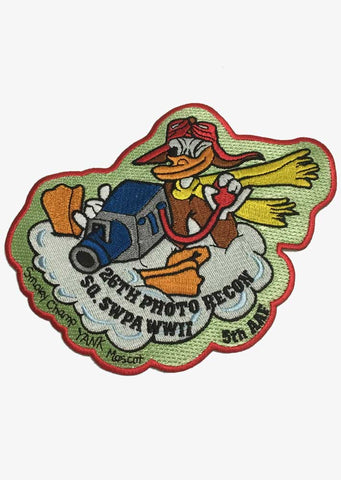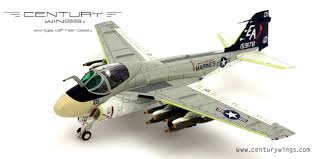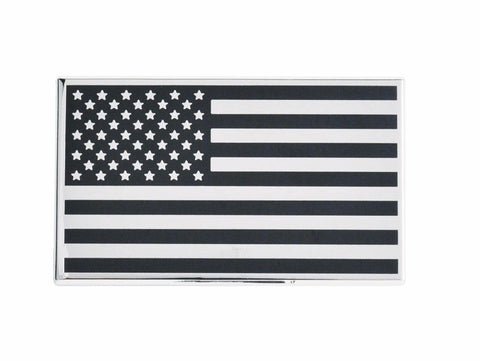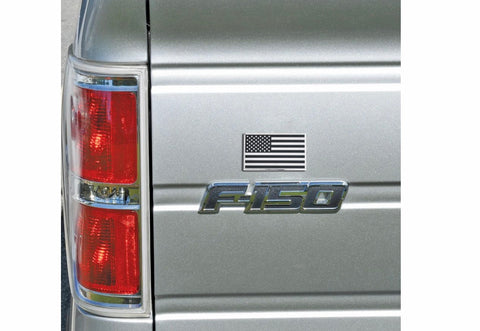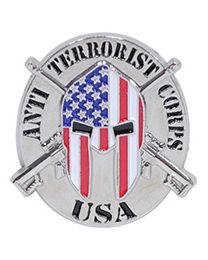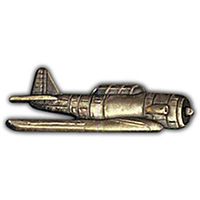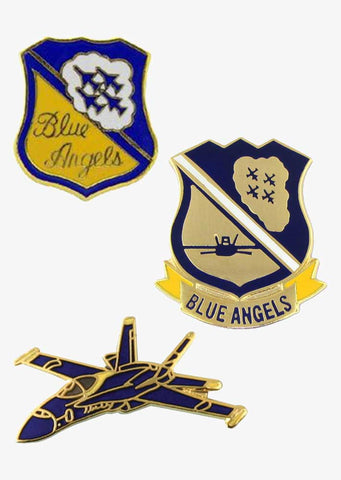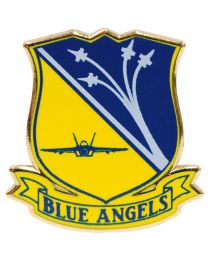Product
Hobby Master F-104C 435th TFS Lt. Joe Nevers
Lt. Joe Nevers, Squadron Commander, Udorn AFB, Thailand "Pussy Cat"
Model is 1/72
HOBBY MASTER HA1002
F-104C
From one of the most significant periods of modern U.S. history, the Vietnam War, comes the Lockheed F-104C. Throughout their stay they flew over 5,290 sorties on bombing and escort missions. The F-104Cs turned out not to be what the USAF needed for this war so they were replaced by the F-4D Phantom.
Hobby Master has captured every fine line and detail of this sleek plane. Starting with a canopy that can be displayed closed or opened, you will also find two Sidewinder
missiles, detachable fuel tank and landing gear that can be changed between the up or down position. Even their unique “tripod head” stand has been made more rigid for those that want to display in this manner. Superbly finished in the 3 tone camouflage of the Vietnam War this makes a stunning addition to any collection.
Background history of "Pussy Cat"
The F-104C that Hobby Master concentrated on has a long and varied existence. Built
by Lockheed and first assigned as FG-910 to 479th TFW 434th TFS “Red Devils”,
George AFB, CA. In 1960 it was re-assigned to the 479th TFW, 436th TFS “Black Aces”
Moron AB, Spain. From 1966 –1967 it served with 435th TFS “Screaming Eagles” at
Udorn RTAFB, Thailand.
One of the pilots that flew this particular aircraft was Squadron Commander Lt. Joe
Nevers and the F-104 was adorned with the nose art “Pussy Cat”, which was located on the starboard side of the fuselage only. From 1967 – 1975 the serial number became “0-60910” with the 198th TFS PR ANG, Muniz ANGB, San Juan Puerto Rico. In August 1975 the plane was transferred to Lowry AFB, Colorado for preservation. In 1997 it was on the move again this time it was put on display at Wings Over The Rockies Aviation Museum, Denver CO.
HISTORY OF THE F-104 IN VIETNAM WAR AND THE 435th
From April 20 – November 20 1965 there was a large presence of F-104s in Vietnam but were returned to the U.S. at that time.
Early on in 1966 the supersonic Mig-21 started to appear in the skies over North Vietnam creating a large threat to U.S. aircraft.
The U.S. answer to the problem was to re-deploy the F-104s, so in June 1966 F-104Cs
from the 435th TFS “Screaming Eagles” started to arrive at Udorn RTAFB in Thailand.
All the aircraft were now wearing the 3 tones SEA (South East Asia) camouflage that
soon started to be referred to as “Vietnamese Camouflage”. The SEA camouflage was
one shade of tan and two shades of green on the upper surfaces to help blend in with
the landscape and jungle foliage. A light gray covered the underside so that from the
ground the aircraft would blend with the sky.
It was armed with a 20mm M61A1 cannon that was fed 725 rounds stored in the
fuselage. To add to their sting the plane could carry a pair of wingtip mounted AIM-9B
Sidewinder missiles and up to 2,000lbs of external ordnance (rockets, bombs, napalm or drop tanks) under the wings and fuselage. A later addition was the ability to put a pair of Sidewinders under the fuselage.
From June 1966 – July 1967 F-104Cs completed over 5,290 bombing and escort sorties
into North Vietnam. The USAF decided to replace the 104s with the more efficient
McDonnell F-4D Phantoms so in July 1967 the replacements started. The last F-104 left Thailand around the end of 1967 with the 435th departing in July and returning to
George AFB, California.
F-104 SPECIFICATIONS
Span: 21 ft. 11 in.
Length: 54 ft. 10 in.
Height: 13 ft. 6 in.
Weight: 27,853 lbs. max.
Armament: One M-61 20mm cannon, two air-to-air missiles: nuclear or conventional
bombs
Engine: One General Electric J-79 of 15,800 lbs. thrust with afterburner
Crew: One
Cost: $1,471,000 (1950 & early 60’s dollars)
NORMAL PERFORMANCE
Maximum speed: 1,320 mph.
cruising Speed: 575 mph.
Range: 1,250 miles
Service Ceiling: 58,000 ft.

